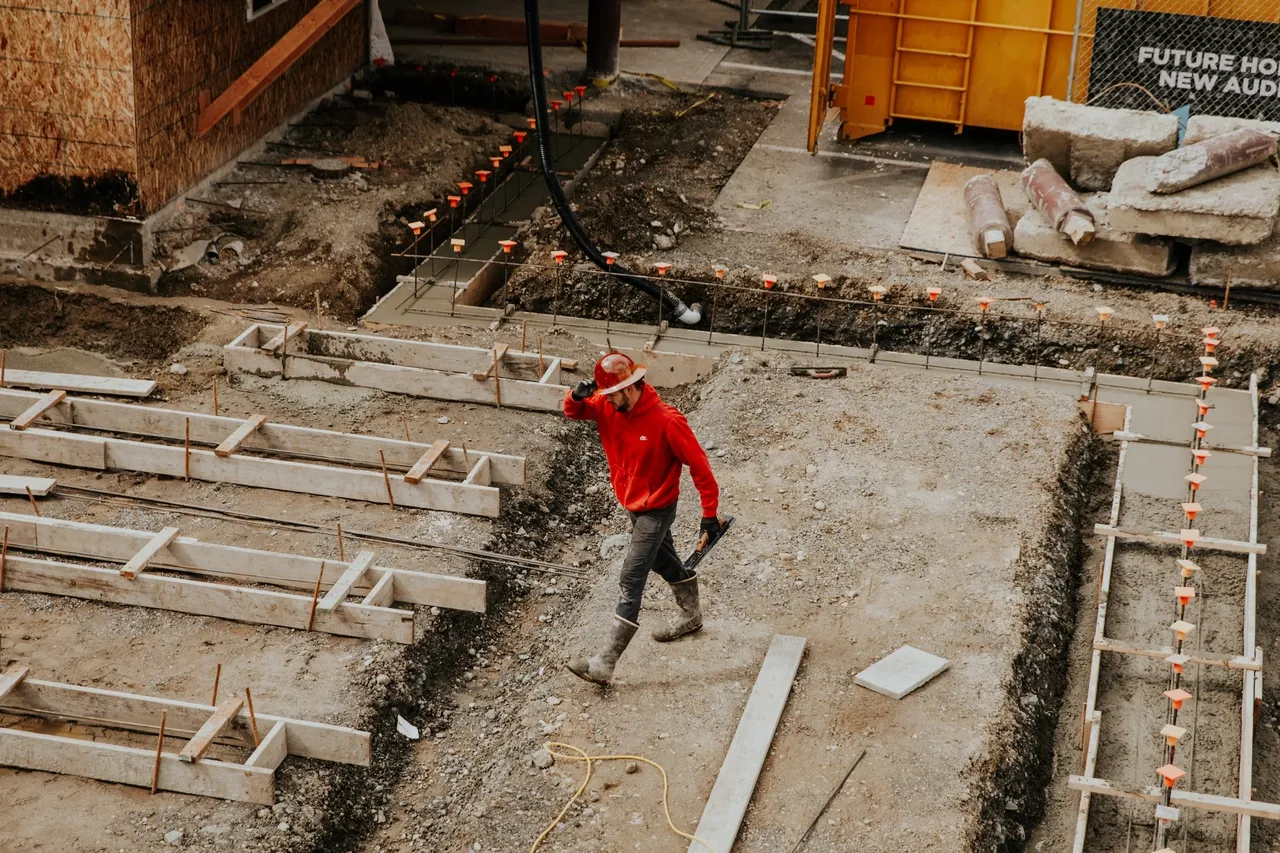With so many prospective Canadian home buyers continuing to feel the negative effects of the ongoing housing crunch as we move into 2023, governments at various levels have been working for months to do what they can to legislate relief. Towards the end of last year, the Ontario provincial government secured royal assent for one of the largest such efforts seen anywhere in Canada to date – Bill 23, known as the “More Homes Built Faster Act, 2022”. This piece of legislation was designed to make substantial changes to multiple provincial statutes in one sweeping motion, meant to work mainly with an eye to relaxing constraints on developers and property owners, reducing administrative redundancy between various levels of municipal governments, and encouraging increases in population density around existing public transit nodes. And so, without further ado, let’s turn to examining some of the major ways that Bill 23 will impact Ontario’s current development regime.
First up, and perhaps most significant in terms of how Bill 23 will impact existing development regulations, are the changes to the province’s Planning Act contained within the legislation. Key to understanding these changes is how the Planning Act separates and assigns responsibility for overseeing and regulating development to different levels of municipal government – with overlapping and redundant regulations often having led to delays in approval for new housing developments in the past decades. Broadly speaking, Bill 23 amends the Planning Act to separate upper tier municipalities (Waterloo Region being one of them) into two groups – those with, and those without planning responsibilities. This is intended to give lower tier municipalities (in Waterloo Region terms, think of the City of Kitchener as a ‘lower tier’ municipality) more direct control over local planning and development decision-making, and to eliminate the need for prolonged back-and-forth between the two levels of government prior to issuing development approval.
Also important to note here is the province’s recognition that such changes are substantial, and will therefore not be rushed into force. These amendments will come into effect on a date yet to be determined by the government, in a process intended to allow for a reasonable period of consultation among and between the various levels of government as these responsibilities are streamlined. Upper tier municipalities without planning responsibilities are intended to carry on playing a major part in non-housing related aspects of development in Ontario – i.e., in the design, building and maintenance of infrastructure – sewers, power distribution, transportation, etc.
Secondary changes to the Planning Act which are being invoked by Bill 23 involve encouraging greater population density in existing urban areas, and in areas which are already serviced by significant public transit centres. This is something we’ve already seen a great deal of here in Waterloo Region, with recent changes to zoning bylaws having promoted additional residential units in areas which had been traditionally and exclusively home to single detached dwellings. These principals are now being applied writ-large across Ontario’s urban centres, with regulations restricting duplexes and tiny homes being axed, and municipalities being mandated to update their zoning bylaws within one year of approvals for major transit stations being issued. Meanwhile, the Planning Act is also being modified by Bill 23 to eliminate site plan control requirements for smaller-scale residential developments – defined within in the legislation as less than 10 units. This is aimed at giving developers and builders more freedom in designing a property’s outward appearance, without neutering existing building code or fire code requirements, which are to be retained in the clear interest of public safety. Finally, parkland dedication requirements are being reduced in developments which are aimed at creating more affordable residential housing units.
Next, Bill 23 also makes significant changes to the province’s existing Development Charges Act – changes which have already gone into force as of the end of this past November. As you’d guess, these amendments are aimed at easing the burden of building charges levied by municipalities against developers in an effort to encourage more applications and, especially, more affordable housing projects. Exemptions to development charges are to be made for affordable or ‘attainable’ residential units, while reductions will affect fees levied against new rental units, and mandated reductions to any future change in municipal fees as prescribed by bylaw. It’s important to note here that many municipal governments have been very outspoken in condemning these changes, most obviously because of how it would impact their ability to collect revenue. These municipalities have argued that this gap would have to be passed along to taxpayers via either diminished public services or higher property taxes.
For some time now, I’ve argued in favour of easing restrictions on development as the only truly effective way of getting housing prices back under control. It’s been crystal clear for years that Ontario’s existing housing supply is nowhere near up to meeting the ever growing demand in our province. This local supply and demand imbalance has only been exacerbated in recent years by Canada’s very immigration-friendly policies at the federal level, and by the tendency of new Canadians to concentrate in Ontario and, namely, in and around the GTA. Canada’s status as a magnet for talent and a safe haven for oppressed and impoverished people from around the world is a great thing, and I am not for one second arguing against the merits of a policy that’s served our nation well for over 150 years. However, it’s long past time we recognized that our existing bureaucratic and administrative regime was stifling the enterprise required to ensure that we have adequate and affordable housing for all Ontarians – native born and newcomers alike. And, while adequate environmental protections are necessary to ensure sustainable long-term growth in our housing sector, I’m confident that we can find a balance between guarding our province’s natural beauty and housing our citizens in a dignified and affordable way.




